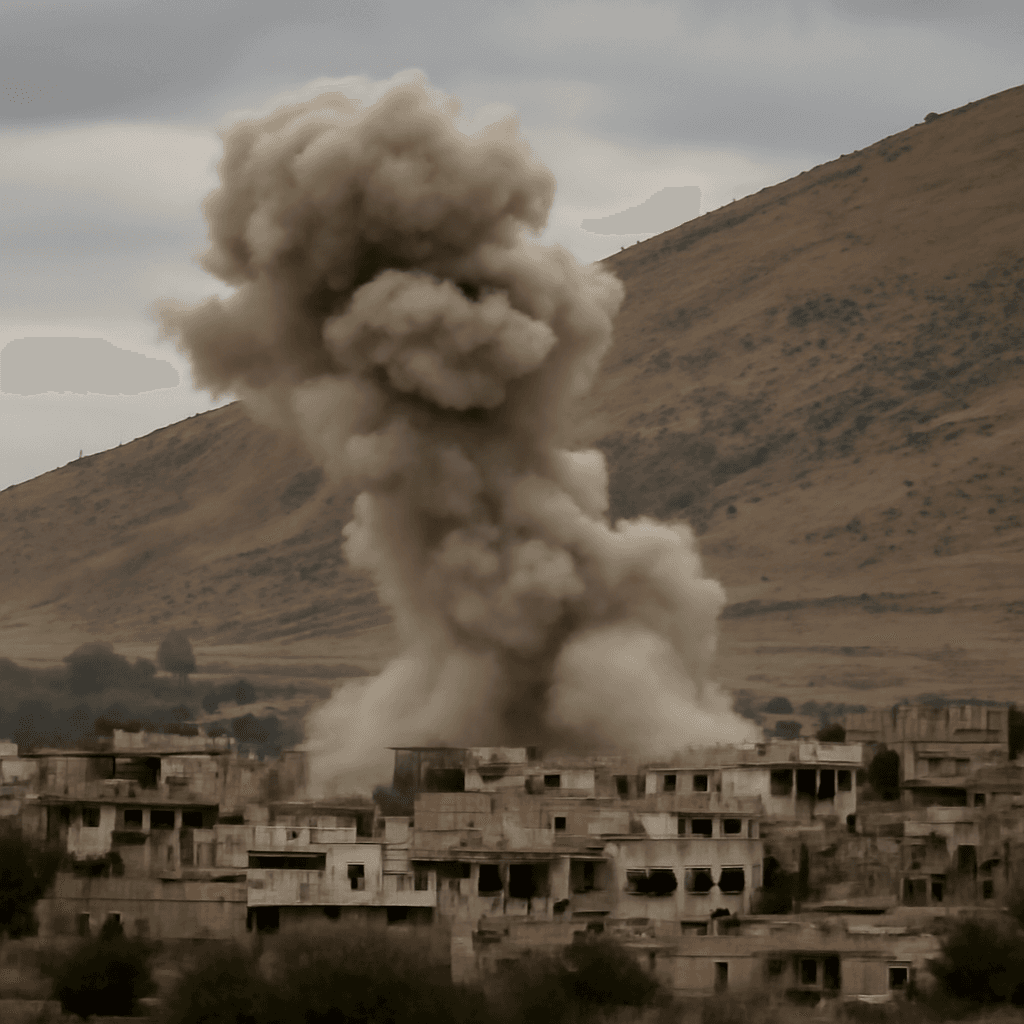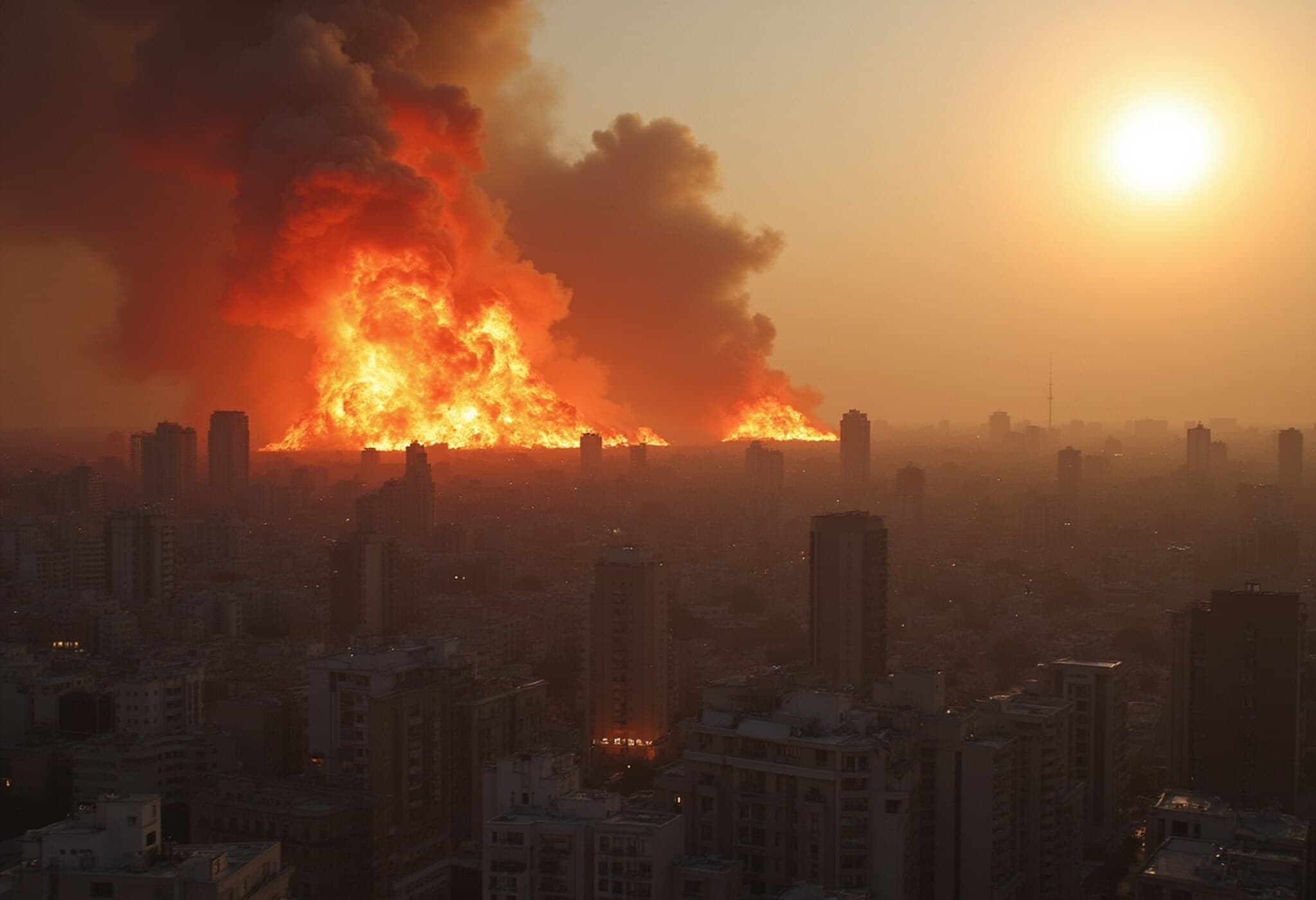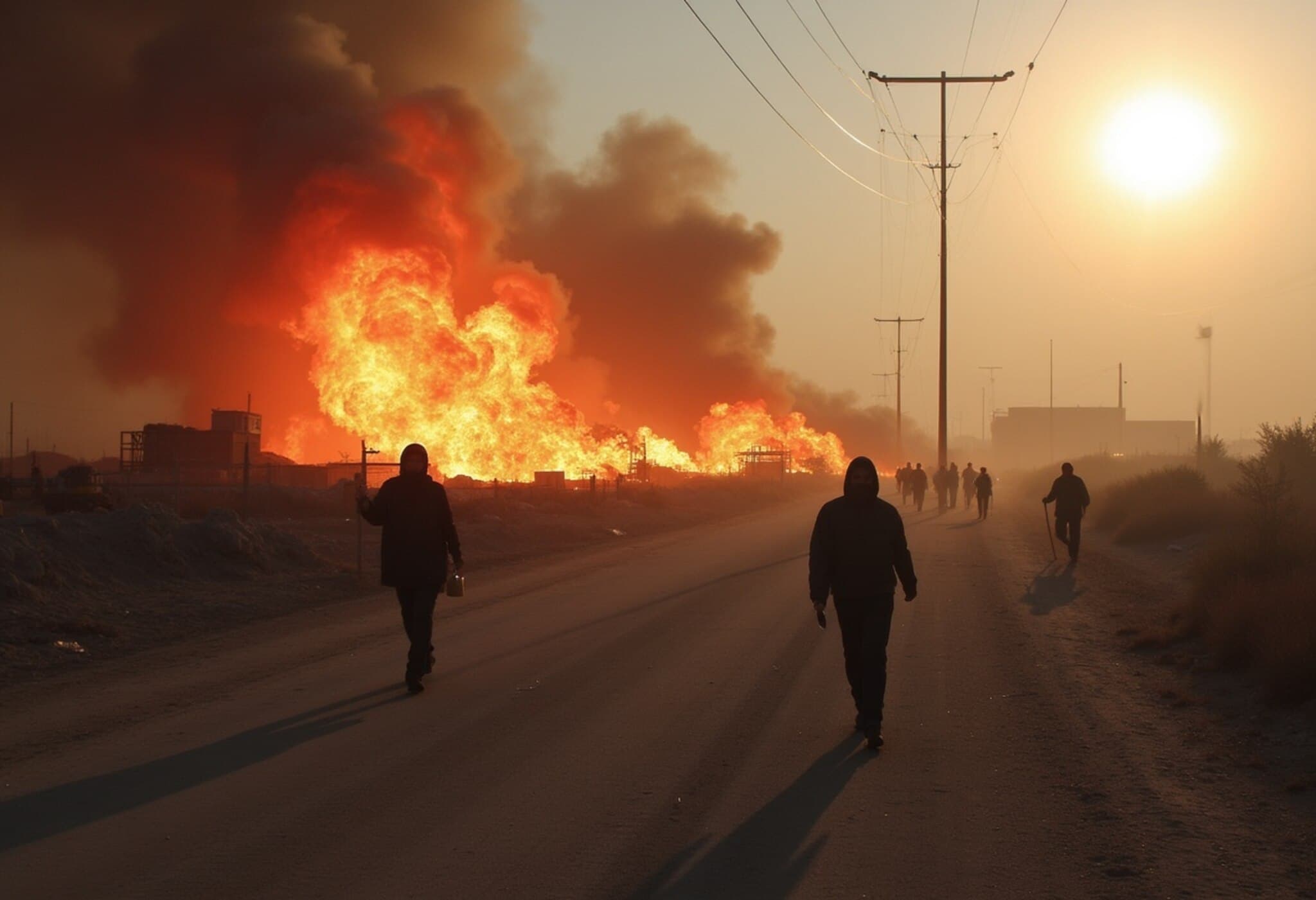Airspace Closures Stir Chaos Following Iran's Missile Strikes
On Monday night, tensions in the Middle East escalated sharply when Iran launched missile attacks targeting a US military base in Qatar. This provoked swift precautionary measures, leading to the closure of airspace over Qatar, the United Arab Emirates, and Bahrain. The closures disrupted international flights, forcing multiple cancellations and diversions, with Doha’s bustling airport particularly impacted.
Flight tracking sources showed a complete absence of aircraft in Qatari airspace during the closure, with numerous flights forced to alter course. This unprecedented move highlighted the fragile security situation resulting from rising hostilities.
Tehran’s Retaliation: Targeting Al-Udeid Air Base
In direct retaliation for American strikes on Iran’s key nuclear facilities—Fordow, Natanz, and Esfahan—Iran targeted Al-Udeid Air Base in Qatar, the largest US military installation in West Asia. Iranian authorities described the missile assault as devastating and powerful, emphasizing that the strikes were carefully calibrated to minimize civilian casualties by avoiding residential zones.
The Iranian Revolutionary Guards Corps claimed responsibility for the attacks, underscoring their resolve to protect the nation’s sovereignty and respond decisively to any infringement.
Remarkably, the number of missiles launched by Iran matched the number of bombs dropped by the US during its airstrikes on Iranian nuclear sites—a symbolic gesture underlining Tehran’s retaliation. Fortunately, no American personnel were reported injured, and damages were minimal.
Flight Disruptions and Airspace Reopening
Following the missile attacks, Qatar immediately shut its skyways, with the UAE and Bahrain rapidly following suit. This action led to a significant rerouting of flights and logistical challenges for airlines operating in the region.
Nearly twelve hours later, airspace restrictions were lifted as Iran hinted toward a ceasefire with Israel. Recent imagery confirmed a resurgence of air traffic over Qatar, signaling a return to a more normalized aviation environment despite lingering tensions.
Ceasefire Between Iran and Israel Takes Effect
In a surprising turn, a ceasefire agreement between Iran and Israel reportedly came into force shortly after the missile attacks. Iranian state media confirmed the truce following multiple missile barrages on Israeli-occupied areas, which had resulted in at least seven casualties.
Both parties urged strict adherence to the ceasefire, cautioning against violations amid high regional volatility. Israel described the agreement as a “test ceasefire,” set to last until the evening hours, bringing a tentative pause to hostilities that have so far threatened to spiral out of control.
Key Takeaways
- Qatar, UAE, and Bahrain closed their airspace following Iran’s missile strike on the US military base in Qatar.
- Al-Udeid Air Base in Qatar, a critical US strategic site, was targeted in Iran’s retaliation against American airstrikes on nuclear facilities.
- The airspace reopened after nearly 12 hours as indications of a ceasefire between Iran and Israel emerged.
- No American casualties were reported, and damage remained minimal despite the intensity of the missile barrage.
This episode underscores the delicate geopolitical balance in the Middle East and the cascading effects of military actions on civilian sectors such as aviation. While the ceasefire offers a brief respite, the region’s stability remains precarious.


















